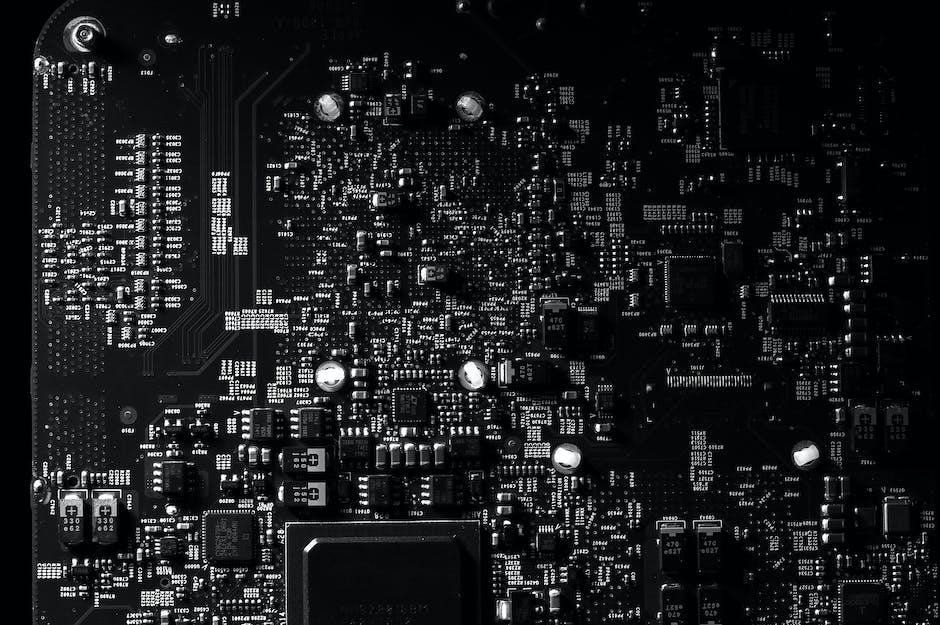In the realm of technological innovation, custom embedded systems stand as pivotal components, often unseen yet integral to the functionality of a myriad of devices. These systems are specifically designed to perform dedicated functions within larger mechanical or electronic systems. Unlike general-purpose computing devices, such as personal computers, custom embedded systems are tailor-made to fulfill specific tasks, often with stringent requirements in terms of size, power, and performance.
Importance in Modern Technology
The significance of these systems cannot be overstated. They are the hidden force behind many of the sophisticated technologies we encounter in daily life. From the microcontroller running a smart thermostat to the complex digital systems controlling modern vehicles, custom embedded systems are omnipresent. Their design and application demand a deep understanding of both hardware and software components, creating a harmonious blend that efficiently and effectively achieves the desired functionality.
Functionality and Design Specifics
Custom embedded systems are engineered with precision, tailored to meet the unique demands of their intended application. This customization is evident in their functionality, which is often singularly focused, designed to execute specific tasks efficiently. For instance, a custom embedded system in an automotive application might be dedicated to managing the anti-lock braking system, an essential function that requires rapid, reliable processing and decision-making.
The Harmony of Hardware and Software
A defining characteristic of these systems is the seamless integration of hardware and software. This integration is critical for achieving the desired performance levels while maintaining cost-effectiveness and reliability. Hardware components, including processors, sensors, and memory units, are chosen based on the system’s specific needs. The software, on the other hand, is developed to optimally utilize this hardware, often involving real-time operating systems and application-specific code.
Reliability and Efficiency Considerations
In the realm of custom embedded systems, reliability and efficiency are paramount. These systems often operate in environments where failure or inefficiency is not an option. For example, in medical devices, a failure could be life-threatening, while in industrial automation, inefficiency could lead to significant productivity losses. Therefore, the design of these systems necessitates a meticulous approach, ensuring they are robust, able to handle errors gracefully, and perform consistently under varying conditions.
System Architecture and Component Selection
The design of custom embedded systems starts with a clear understanding of the intended application’s requirements. This understanding informs the system architecture, dictating the choice of microprocessors, memory types, and input/output interfaces. The architecture is often a balance between performance and cost, where components are selected not just for their individual capabilities, but for how well they integrate and operate as a cohesive unit. For instance, a system designed for high-speed data processing might employ a powerful CPU coupled with fast memory, while a battery-operated portable device would prioritize energy-efficient components.
Software Development for Embedded Systems
Software in custom embedded systems plays a crucial role in ensuring that the hardware performs its tasks effectively. This software is typically characterized by its need to interact closely with hardware, often requiring programming at a low level. Developers must have a deep understanding of the hardware’s capabilities and limitations, writing optimized code that can run within the constraints of the system, such as limited memory or processing power. Furthermore, the software often needs to be reliable and able to run continuously for extended periods without failure.
Navigating Design Challenges
Designing custom embedded systems comes with its unique set of challenges. Size constraints, power efficiency, and the need for robust performance in varied environments are common considerations. Designers must often innovate to fit complex functionality into small, power-efficient packages. For example, wearable technology requires miniaturized components and low power consumption, without compromising on performance. Additionally, ensuring long-term reliability in harsh environments, like extreme temperatures or vibrations, adds another layer of complexity to the design process.
